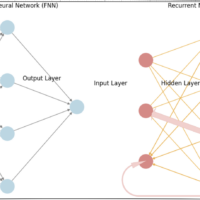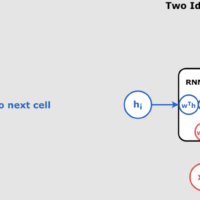Batch Normalization – day 25
Understanding Batch Normalization in Deep Learning Understanding Batch Normalization in Deep Learning Deep learning has revolutionized numerous fields, from computer vision to natural language processing. However, training deep neural networks can be challenging due to issues like unstable gradients. In particular, gradients can either explode (grow too large) or vanish (shrink too small) as they propagate through the network. This instability can slow down or completely halt the learning process. To address this, a powerful technique called Batch Normalization was introduced. The Problem: Unstable Gradients In deep networks, the issue of unstable gradients becomes more pronounced as the network depth...


